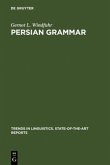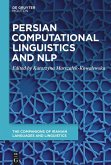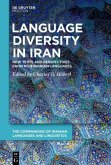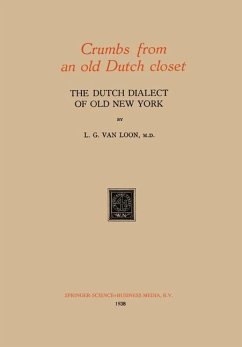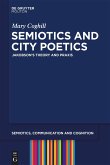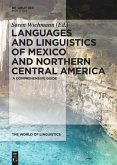It is hardly an overstatement to say that Soviet linguists had a monopoly over Tajik linguistics before the dissolution of the Soviet Union, when most studies on the language were accessible exclusively through Russian and Tajik. Today, however, linguists dealing with Tajik are diverse not only in terms of their location but also in terms of their disciplinary orientation within linguistics, making it difficult for the general linguist to work out the state of the art of the linguistic study of Tajik.
This volume aims to address this difficulty by collecting in a handbook format recent (post-Soviet) developments in the study of Tajik that now lie scattered in different subdisciplines of linguistics. The volume thus showcases the state of the art of post-Soviet Tajik linguistics and can be used as a guide for linguists interested in the language.
Hinweis: Dieser Artikel kann nur an eine deutsche Lieferadresse ausgeliefert werden.
This volume aims to address this difficulty by collecting in a handbook format recent (post-Soviet) developments in the study of Tajik that now lie scattered in different subdisciplines of linguistics. The volume thus showcases the state of the art of post-Soviet Tajik linguistics and can be used as a guide for linguists interested in the language.
Hinweis: Dieser Artikel kann nur an eine deutsche Lieferadresse ausgeliefert werden.



